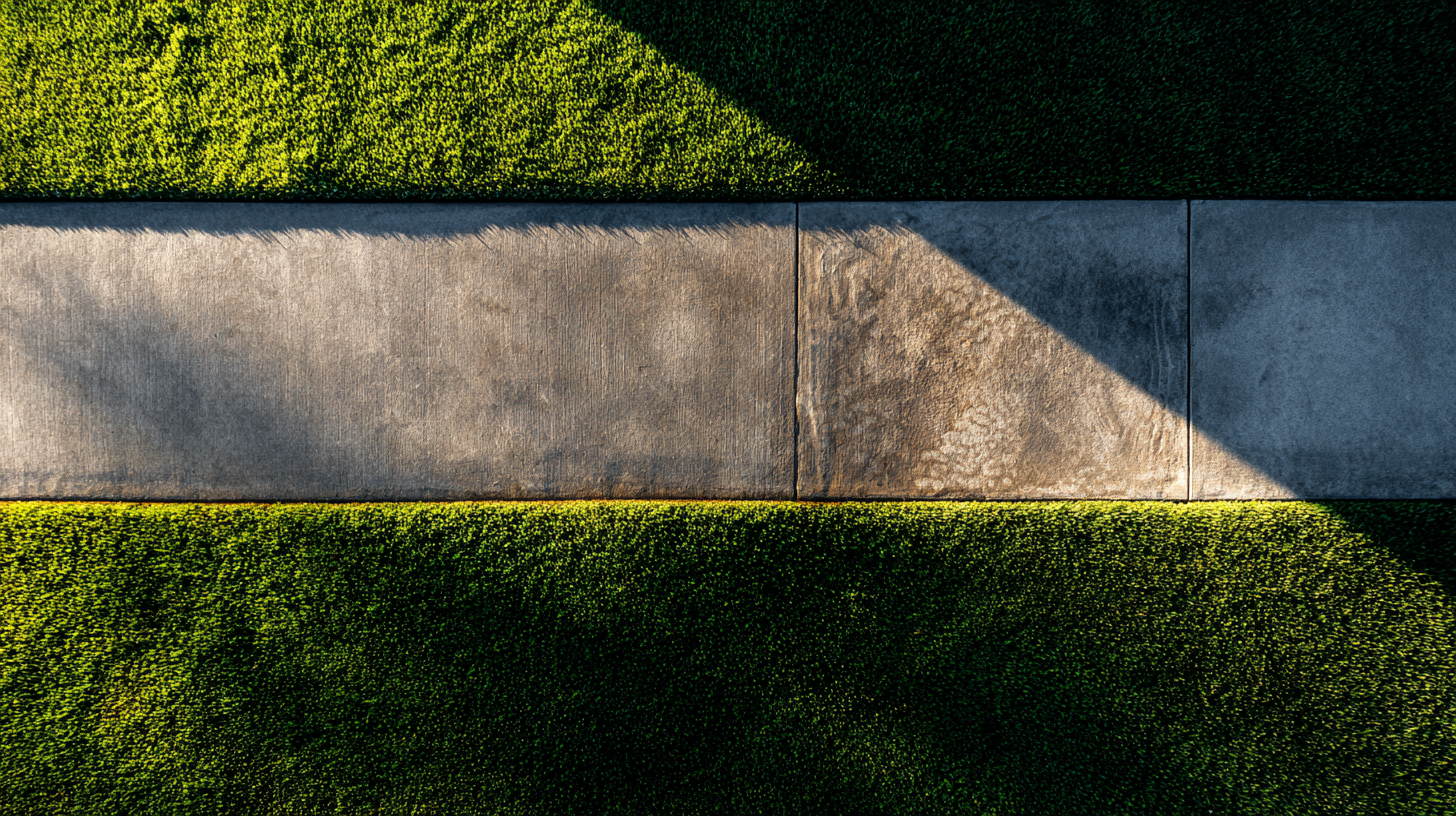Mastering Lawn Edging: Southern Indiana Warm-Season Tips

Sharp, clean edges make your Southern Indiana lawn stand out. Learn what edging is, how often to edge, and the best tools for warm-season grasses.
Mastering Lawn Edging: Southern Indiana Warm-Season Tips
Introduction
If you've ever walked across your driveway and winced at grass creeping over the concrete, you're not alone. In Southern Indiana, warm-season grasses like Bermuda and Zoysia grow fast when the sun's out, and without a sharp boundary they'll spill into beds, walkways, and neighbors' yards. Edging lawn boundaries isn't just about looks--it protects your hardscapes, tames weeds, and makes mowing easier.
I've seen lawns transform from sloppy to showroom-ready in one afternoon with the right edging technique. In this guide, you'll learn what edging really is, how to edge lawn areas at the right frequency, and which tools cut the cleanest lines on your Southern Indiana property. We'll even touch on why the term "edging" gets a chuckle in pop culture--no joke, it's a real conversation starter.
By the end of this post, you'll have a step-by-step plan for consistent, professional-looking edges all season long. Let's get those borders in line, starting with the basics.
What Is Edging?
Edging involves cutting a neat vertical line between your turfgrass and any adjacent hard surfaces or garden beds. Unlike mowing, which levels grass across an entire lawn, or trimming, which tidies areas mowers can't reach, edging gives a crisp boundary that separates grass from driveways, sidewalks, landscape borders, and mulch beds.
Key differences:
Mowing: Cuts grass to a uniform height.
Trimming: Uses a string trimmer to handle tight spots.
Edging: Creates a distinct cut along borders.
This simple but effective technique elevates your lawn's curb appeal and prevents grass from encroaching into places it shouldn't.
Why Edging Matters for Southern Indiana Lawns
Improves Curb Appeal
A lawn with sharp edges looks intentional and well-maintained. That neat transition between grass and sidewalk sends a clear message: you care about your property.
Prevents Grass Encroachment
Warm-season grasses grow vigorously from late spring through summer. Without regular edging, grass and weeds can push into flower beds or crack your pavement, leading to extra weeding and costly repairs.
Assists Water Management
Edging helps keep soil and mulch in place within beds. Natural rainwater run-off stays where you want it, reducing erosion along borders.
Simplifies Maintenance
When boundaries are clear, mowing and trimming go faster. You're less likely to accidentally scalp grass or miss patches.
How Often to Edge Your Lawn
Frequency depends on growth rates and weather conditions. In Southern Indiana's warm, humid summers, aim to edge lawn borders every 2-3 mowings--typically weekly to biweekly. When growth slows in cooler months (October through April), edging once a month is usually enough.
Tips for timing:
Edge when grass is dry. Wet turf gives a jagged cut and clogs equipment.
Avoid right after heavy rain. Soft soil can tear instead of slice.
Watch for growth spikes. After a fertilizer application or heavy rain, you may need an extra session.
By following this schedule, you'll maintain that crisp boundary all season without overworking the turf.
Tools and Techniques for Perfect Edges
Manual Edgers
A half-moon manual edger is a favorite for small to mid-sized yards. Push it down with your foot along the edge line, rock it back, and pull the grass strip away. It takes a bit more physical effort but offers precision and control.
Powered Edgers
Gas or electric edgers spin a blade or wheel to carve borders quickly. They're ideal for larger properties. Hold the unit steady, guide it along your layout, and let the blade do the work. Wear eye protection and closed-toe shoes.
Safety Tips
Inspect the ground for rocks, toys, or debris before starting.
Wear sturdy gloves and eye protection.
Follow the manufacturer's instructions for powered tools.
Edging vs Trimming vs Mowing
It helps to know exactly what role each practice plays:
Task | Tool | Purpose |
Mowing | Lawn mower | Uniform grass height across whole lawn |
Trimming | String Trimmer | Tidy spots mowers can't reach (fence lines) |
Edging | Edger (manual/powered) | Define borders and prevent encroachment |
Mixing these three techniques in your routine ensures a lawn that not only looks lush but also clean and precise.
Avoiding Common Edging Mistakes
Waiting Too Long: Letting borders go untended turns one clean cut into a battle with thick roots.
Edging in Wet Soil: You'll end up ripping clumps of grass out instead of slicing clean edges.
Cutting Too Deep: Aim for a 1-2 inch vertical line. Too deep, and you risk undermining root systems.
No Path Plan: Map out your route before you start. Work in straight lines or gentle curves for the best results.
Consider installing permanent edging materials--metal, plastic, or brick--for a no-fuss boundary that lasts for years.
Embracing the Humor: Edging in Pop Culture
You might've noticed that "edging" can prompt laughs when mentioned at a backyard barbecue. While it's most commonly known as a lawn care term, Internet culture has given it a... different meaning. A quick nod to that double entendre keeps conversations light:
"Trust me, we're talking turf, not memes."
A brief wink and you're back to business--your neighbors will remember your lawn edge, not your punchline.
Conclusion
Edging lawn boundaries is the secret weapon for Southern Indiana homeowners who want that manicured look without a professional price tag. By edging every 2-3 mowings during peak growth and dialing back to monthly in cooler months, you keep grass from creeping onto hardscapes and beds. Pick the right edger--manual for detail, powered for speed--wear your safety gear, and carve out those crisp lines.
Remember, good lawn care isn't just about cutting grass; it's about creating a clean frame around your green canvas. Grab your edger this weekend, follow these tips, and watch your curb appeal soar. Your neighbors will wonder how you pulled off such sharp boundaries--but you'll know it was all in a day's work.